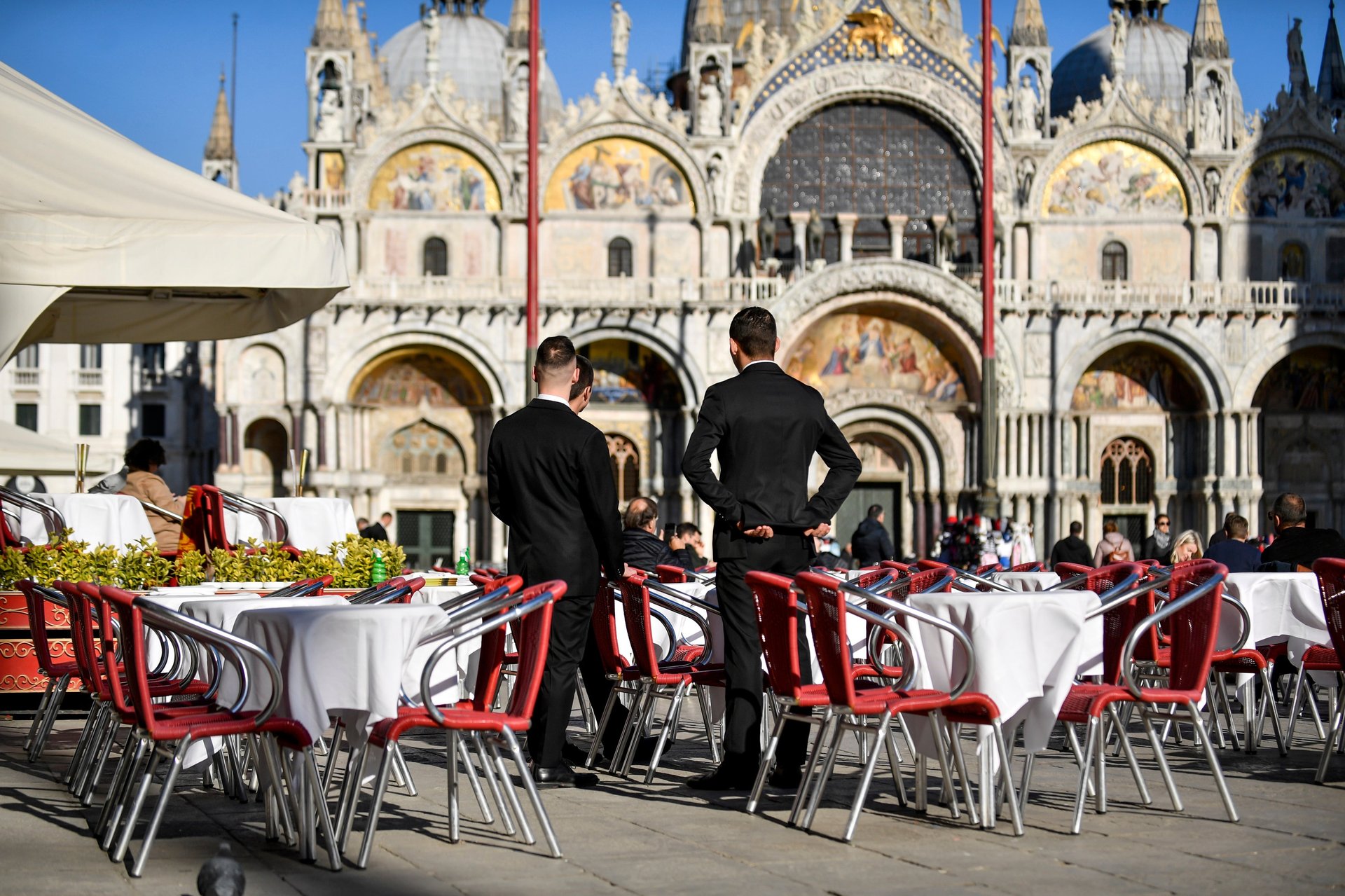Coronavirus fears have left tourist hotspots empty worldwide
The Japanese city of Nara, a 45-minute train journey from Kyoto, has an unusual calling card: approximately 1,000 free-roaming deer that greet tourists (and ask for treats) with a polite bow.


The Japanese city of Nara, a 45-minute train journey from Kyoto, has an unusual calling card: approximately 1,000 free-roaming deer that greet tourists (and ask for treats) with a polite bow.
But with Covid-19 on travelers’ minds, their benefactors are suddenly absent, leaving the animals with no alternative but to scavenge for food, according to Japanese reports.
All over the world, it’s the same story: Tourists scared off by the threat of the new coronavirus have cancelled or postponed their trips. Ordinarily over-trafficked destinations are bereft of visitors—even in countries barely affected by the crisis, such as Egypt, which has had less than two dozen cases of the virus.
Without a steady stream of visitors from China, the European Union’s tourism industry is facing a deficit of around €1 billion ($1.1 billion) a month, Thierry Breton, the EU’s internal market commissioner, told the Wall Street Journal this week.
The tourism sector in Italy, where Covid-19 cases have soared of late, has been profoundly affected by the outbreak: Rome’s piazzas are empty, while Venice’s iconic Bridge of Sighs and other hard-to-photograph spots are suddenly wide open for shooting. If the situation continues, the Confturismo-Confcommercio tourist lobby estimates losses of €7.4 billion ($12.5 billion) between March and the end of May. In Venice, the Carnival closed two days early last month, on the say-so of the regional president, while the architecture biennale has been postponed from May to August.
For intrepid tourists and locals, this is in some ways a perfect time to enjoy these incredible destinations at their most unspoilt. But for the millions who depend on the income that international visitors bring, it’s a disaster—and one that is unlikely to let up any time soon.